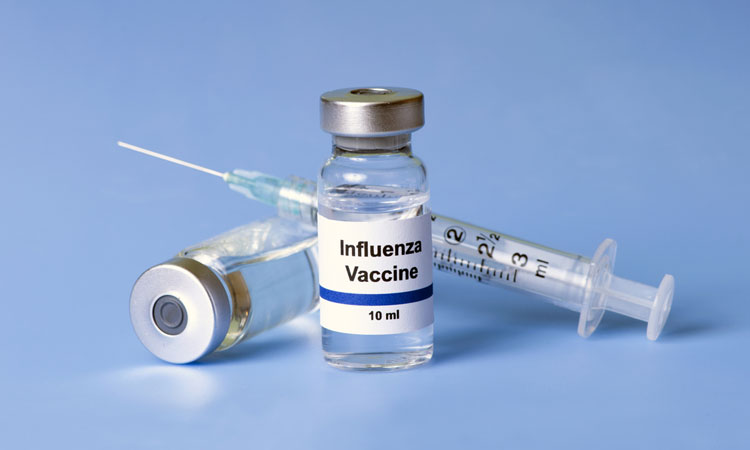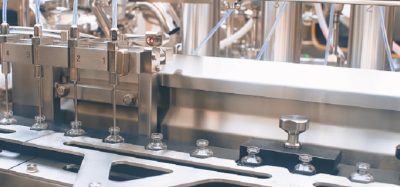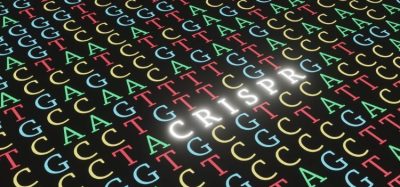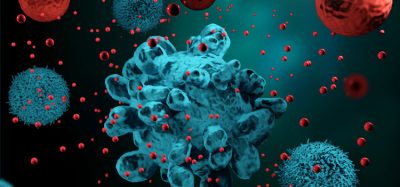NIR spectroscopy could improve flu vaccine manufacture
Posted: 15 October 2018 | European Pharmaceutical Review | No comments yet
NIR spectroscopy could be used to improve the manufacture of flu vaccines by showing optimal times of harvesting cells and detecting problems quicker…


Researchers from North Carolina State University have described how near-infrared (NIR) spectroscopy could be used to make cell-culture-based flu vaccine manufacturing faster and more efficient.
The team demonstrated the use of an NIR probe to measure the concentration of influenza virus in cells being grown in a bioreactor.
“The NIR technique is faster, more accurate and more consistent than the standard method currently used to measure viral concentrations in cells,” says Dr John Sheppard, Professor of Bioprocessing Science at NC State and corresponding author the paper of the study.
“The NIR probe gives us close to real-time data on viral concentrations, whereas the standard method for measuring viral concentration involves a complicated process that can take an hour or more.
“Getting data that quickly can help in a number of ways. It can tell vaccine manufacturers when the optimal time is to harvest the cells. It can help manufacturers develop a feeding strategy to optimise cell and virus growth. It can help detect potential problems with a batch more quickly. It could even allow the process to be partially automated.”
Currently flu vaccine manufacturing is done using poultry eggs. However, this approach – first developed in the 1940’s – has a number of drawbacks: the resulting vaccine can’t be used by patients with egg allergies; the lengthy manufacturing time and increased risk of mutations makes it more likely that the resulting vaccine won’t match the strains of flu virus facing the public; it is more susceptible to microbial contamination; and it can’t be manufactured quickly enough to respond to pandemic flu outbreaks.
“Cell-culture-based manufacturing has fewer mutations, fewer allergy problems, and is easier to scale up,” Prof Sheppard said. “But that doesn’t mean that it’s easy. Industry is already transitioning to cell-culture-based vaccine manufacturing, but there are infrastructure and regulatory challenges. We think the use of NIR spectroscopy could help to make cell-culture-based manufacturing more efficient and predictable.”
Before they could test the NIR spectroscopy approach to measuring viral concentration, the researchers faced a fundamental challenge: the existing standard method for obtaining these measurements was so inaccurate that it couldn’t be used to validate the NIR technique.
“We had to develop an improved manual method – which is significantly more labour intensive – that offered more accurate measurements than the standard lab method,” said Prof Sheppard. “Using the new method, we were able to assess the accuracy of the NIR spectroscopy, and the results were promising.”
At most viral concentrations, NIR spectroscopy was far more accurate than the traditional standard method – as well as being much faster. But at the highest concentrations, accuracy suffered – though it was still at least as accurate as the standard method.
“This is a proof of concept,” he added. “We’d like to incorporate additional data sets to further refine the model we use to translate NIR spectroscopy data into viral concentration numbers. Ideally, we’d like to work with vaccine manufacturers to fine-tune the process and put it to work.”
Related topics
Analytical techniques, Manufacturing, Research & Development (R&D)








